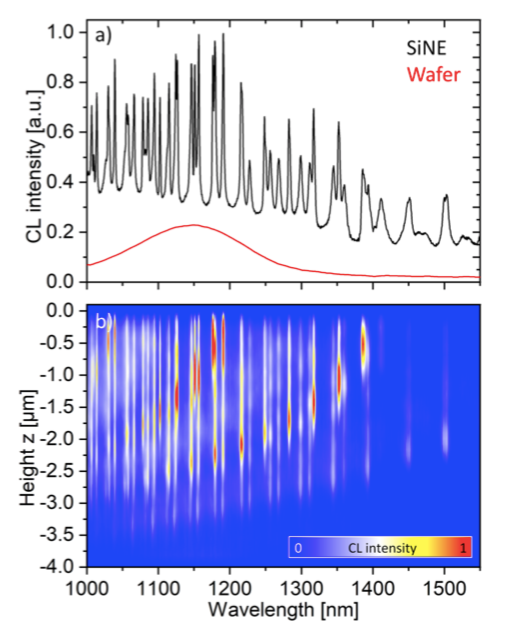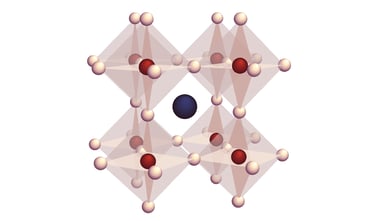In their study the authors selectively excited and measured the optical modes of inversely tapered silicon photonic resonators using cathodoluminescence spectroscopy. This allowed them to experimentally map the whispering gallery modes (WGMs) in such photonic resonators.
Modern silicon nanophotonic structures provide a potential solution for faster and energy efficient on-chip optical data transfer. They can be used for optimized optical absorbers for detectors, sensors, solar cells, as well as for highly sensitive small scale medical, biological, or chemical sensing devices. The paper experimentally proves that inversely tapered silicon photonic resonators enhance luminescence emission and light absorption through these whispering gallery modes (WGMs).
Optical modes in the photonic resonators were experimentally visualized in the infrared spectral range with cathodoluminescence (CL) spectroscopy using the SPARC cathodoluminescence detector. The experiment demonstrated an excellent agreement with full-wave finite difference time domain (FDTD) simulations. The study theoretically, experimentally, and analytically confirms that inversely tapered silicon nano-resonators provide a new route towards design of more efficient Si on-chip photonic devices. To read the full article, please go here.
.png)






